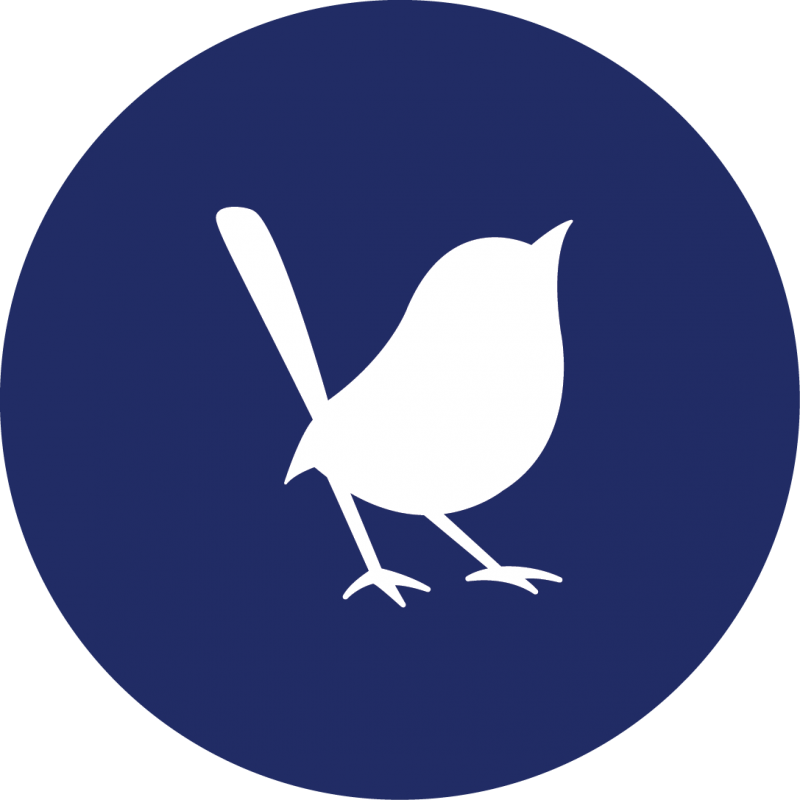Key productivity metrics and how to measure them
11 October 2019

We talk a lot about improving productivity, and the impact this can have on your profitability. In this blog we explain some key metrics that you can use to manage the productivity of your business.
We’ll touch on lost billable hours, operating profit, labour utilisation and profit by project and explain how these metrics can really shed some light on the productivity and performance of your business.
Lost billable hours
With lost billable hours, or lost opportunity cost, the aim is to understand not just how much time you have wasted, working on projects beyond what you’re being paid for, but placing a monetary value which represents your lost opportunity. This metric is most suitable for service-based businesses, where the delivery team is a finite resource, dictated by available hours.
The simplest calculation for this is:
Hours spent working on unfunded projects x chargeable hourly rate
Unfunded projects may be overdue projects, or projects you have exceeded your allocated hours against. With the chargeable hourly rate reflecting the amount of money you COULD have made, if you had been able to bill for those hours spent on unfunded projects.
Let’s use a team of 10 surveyors, who spend 10 hours each a month working on projects that are unfunded. If you say that their billable rate is £150 each, your lost billable hours would be worked out as:
10 (surveyors) x 10 (hours) x £150 = £15,000.
That’s £15,000 of lost billable hours every month, or £180,000 a year.
It’s vital to keep an eye on the time you’re spending on delivering your services.
Operating profit margin
Operating profit is a great indicator of the potential of your business. It removes anything from the calculation that isn’t directly related to your core operations. Therefore, understanding your operating profit margin can provide a real insight into how efficient or inefficient your business is.
It’s a great starting point to understand how efficiency gains can have a huge impact on your business’ potential. Imagine if you doubled sales tomorrow, would you need to double the amount of staff and other costs in order to deliver these sales? If so, your operating profit margin will remain relatively unchanged.
What if there was a more efficient way of delivering your products or services? This could be the difference between steady growth and your business reaching its true potential.
For example, if you are a manufacturer of widgets, and your output level per operative is 10 widgets per day. If you increase the operative’s output by 20% to 12 widgets per day – that’s from 40 to 48 a month and up from 480 to 576 per year – the extra revenue for these sales will have a larger impact on your operating profit. You’re only paying extra for manufacturing costs, and not the associated wages of the operative.
Applying this to a service business, removing unnecessary process waste, or assigning tasks to administrative staff can have a large impact on your operating profit.
Labour utilisation
How productive are your individual team members? Labour utilisation and wider use of timesheets give a great insight into the time spent on projects, giving you an idea of how your team are being deployed and whether they’re spending their time effectively.
Labour utilisation centres around the effective deployment of your team. Are they working smart? Or are they doing things that result in time wastage? This metric is powerful for understanding whether people are doing the right work, or if they are doing jobs that they aren’t responsible for.
Take a sales executive, for example. If they are only spending 25 hours a week focused on selling, and spend the other 15 hours supporting other functions, their effective utilisation is 62.5%. This means they’re spending over a third of their time and doing work that isn’t directly impacting the sales of the business.
If that salesperson closes on average £5,000 a week. You could potentially earn an extra £1,875 from this individual every week!
Of course, this is only half of the story; which other resources in the business are spending time working on things that aren’t within their remit, and what tasks can be automated to improve the businesses productivity?
Profit by project
This metric focusses on the cost of delivering a set project. To do this, you need to be able to attribute the hours spent on a specific project. This metric aims to show you which projects and customers are the cash cows, and which are the dogs. Which projects you are losing money on, and which are massively profitable.
This differs from lost billable hours as it looks at the cost of delivering work, rather than the lost opportunity of that work taking too long. You may well charge £1000 a day, but it only costs the business £500 to deliver that day’s work. Therefore, on a project that takes as long as expected, your profit by project should be 50%.
However, if it takes 3 times as long to deliver, you’re profit margin drops to -50%, meaning it’s cost you more to run the project than you’ve brought in to deliver the work.
Tracking the profitability of a given project, service or product is vital to understand its long-term viability. It can also help you identify process changes that could enable you to deliver the project more efficiently, increasing your profit margin.
These are just a few of the many metrics that you can use to keep an eye on your productivity and business operations. We’ve deployed all of these at various points of our journey, and it’s helped to really focus our team on hitting certain growth targets within the organisation.
Discover more ways in which your business can boost productivity through our Pillars of Productivity series:
- Part 1: Engagement
- Part 2: Integration
- Part 3: Process Improvement
Categories
Productivity
Further reading:
- 5 signs that your processes are holding you back
- Why your business needs to embrace digital transformation
- 8 steps to process improvement for a growing business
- The three pillars of productivity: engagement
- The three pillars of productivity: integration
- The three pillars of productivity: process improvement

